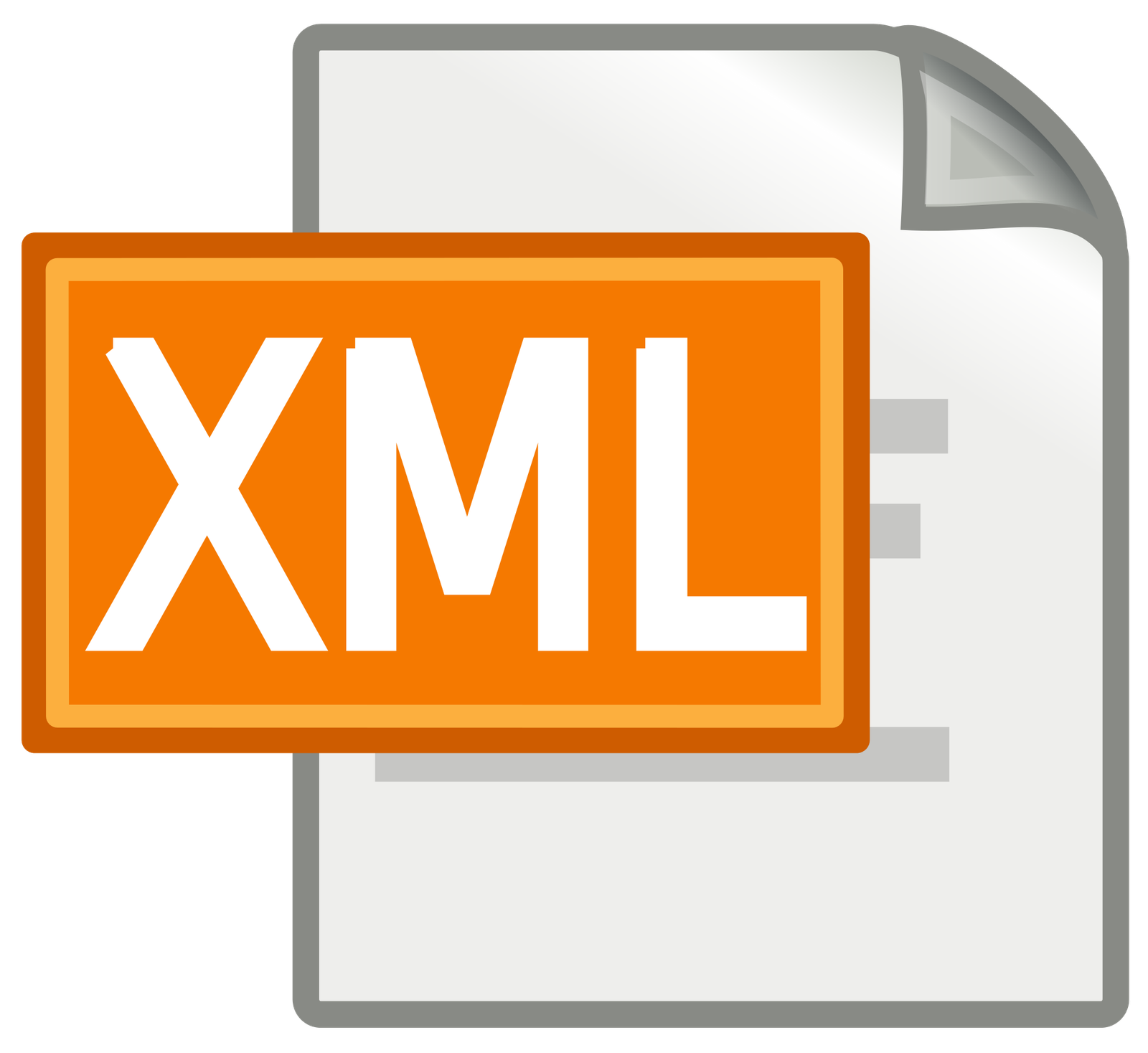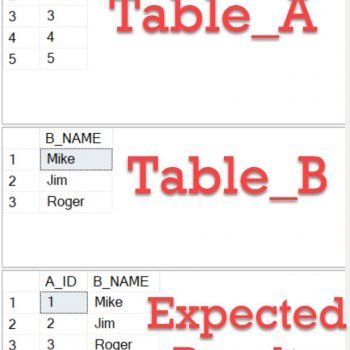The year 2011 was a year of learning and opportunity for me. My recent book, SQL Server Interview Questions and Answers, has received such overwhelming love and support from all of you. While writing the book, I had two simple goals: (1) Master the Basics and (2) Ignite Learning. There was a constant request from the Community to take the learning of these books to the next level. Here is an article which discusses the Author’s Perspective. In this blog post, we will learn about methods for accessing SQL Server XML DataType.
Click here to get free chapters (PDF) in the mailbox
 Beyond Relational has come up with a very interesting concept – they have converted a few of the questions from my book into the SQL Quiz. The quiz is indeed focused on my two goals. In addition, it’s going to put the learning of the book to a higher stage. Looking at this novel concept, Vinod Kumar (Co-author) and I have decided to help every participant and reader by giving a few hints and suggestions to solve the quiz.
Beyond Relational has come up with a very interesting concept – they have converted a few of the questions from my book into the SQL Quiz. The quiz is indeed focused on my two goals. In addition, it’s going to put the learning of the book to a higher stage. Looking at this novel concept, Vinod Kumar (Co-author) and I have decided to help every participant and reader by giving a few hints and suggestions to solve the quiz.
SQL Quiz – XML Datatype
 From SQL Server 2000, XML has gained more and more popular due to its many applications. With SQL Server 2005 XML, became a first-class datatype and applications are likely to use more natively. In line with this, what are the basic 5 methods provided by XML Datatype for access? When would you use one over the other?
From SQL Server 2000, XML has gained more and more popular due to its many applications. With SQL Server 2005 XML, became a first-class datatype and applications are likely to use more natively. In line with this, what are the basic 5 methods provided by XML Datatype for access? When would you use one over the other?
Notes of Vinod Kumar
The standard methods of using XML are interesting. Read here for further details. Using the right option is what makes the usages remarkable, though. Just dig a little more in understanding Typed Vs Untyped XML as part of this learning.
Notes of Pinal Dave
XML is a very exciting subject. I often see two different kinds of opinion about XML; some developers like it very much while others just hate it. I have seen expert developers sweltering when they have to deal with XML.
Let me ask you one question: “If a webpage has 100 of the form element and we want to capture all of those which are filled, how would you do it?” See, there are cases where XML just works and moreover it works like a charm. Learning how to read XML data is essential.
Additional Notes
SELECT * FROM XML
Shredding XML
Validate an XML document in TSQL using XSD
Simple Example of Reading XML File Using T-SQL
Simple Example of Creating XML File Using T-SQL
Prize
There are exciting prizes awaiting the winners.
Reference: Pinal Dave (https://blog.sqlauthority.com)






1 Comment. Leave new
Thank you, your post was very helpful.